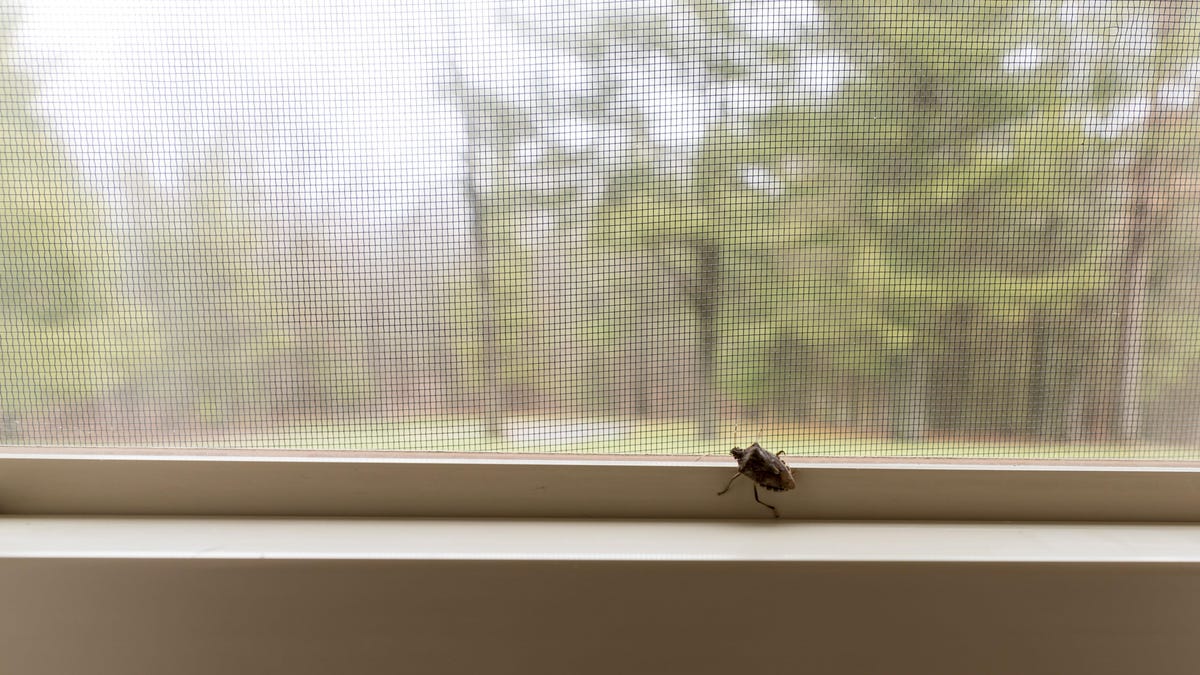How to Keep Stink Bugs Out of Your Home This Fall
The official start of fall is only about a month away, which means cooler temperatures, changing leaves, and, for people in 47 states, the arrival of brown marmorated stink bugs.Read more...


Photo: LisaCarter (Shutterstock)
The official start of fall is only about a month away, which means cooler temperatures, changing leaves, and, for people in 47 states, the arrival of brown marmorated stink bugs.
While there are more than 200 different types of stink bugs in the United States, this particular variety is a relative newcomer. Since they were first identified in Allentown, Pennsylvania in the fall of 2001, brown marmorated stink bugs have taken what it means to be an invasive species to a new level—not only wreaking havoc on crops and native plants, but invading our homes as well.
Once these insects have moved in, it’s really hard to get them to move out, so your best bet is stopping them from gaining access to your home in the first place. Here’s how to do that.
What are brown marmorated stink bugs?
Brown marmorated stink bugs (we’ll refer to them as “stink bugs”) are typically between 1/2-inch and 1-inch long as adults, have a shield-shaped body with striped antennae, and are mottled brownish-grey in color (“marmorated” means marbled).
G/O Media may get a commission

Up to 85% off
Jachs NY Summer Sale
Styles starting at $10
This sitewide sale will prepare you for any style situation that may arise in the transition between seasons—whether it be a henley and jeans or a button up and chino shorts moment.
When threatened or killed, they emit an odor often described as being similar to cilantro—if detectable at all. Fortunately, they don’t bite or sting, or cause structural damage to your home. But they can fly.
Why do stink bugs come inside in the fall?
Each year, stink bugs enter a period of their life cycle where they remain inactive. And, like other forms of hibernation, it takes place over the winter. In preparation for that, they relocate in the fall—usually in late September and October.
Once a stink bug scopes out your home and determines that it’s suitable seasonal shelter, it will release a chemical odor that attracts their friends and family. Interestingly, they aren’t seeking warmth, and can’t tell how cold a house will get over the winter when they move in. They’re really only concerned about finding shelter.
How to keep stink bugs out of your home
To stop stink bugs from moving into your home, you have to block their points of entry; namely, cracks, gaps, and crevices. Here are some of the ways you can do that:
Check for cracks in your home’s foundation, and seal any you findCaulk your windows from the inside and outsidePut weatherstripping around entry doors and/or install door sweeps anywhere daylight is visible around the perimeter of the door.Rake or sweep away any debris and vegetation that has gathered around your home’s foundationCap or screen the top of the chimney if your home has a fireplace
 Fransebas
Fransebas 


























_2.jpg)




